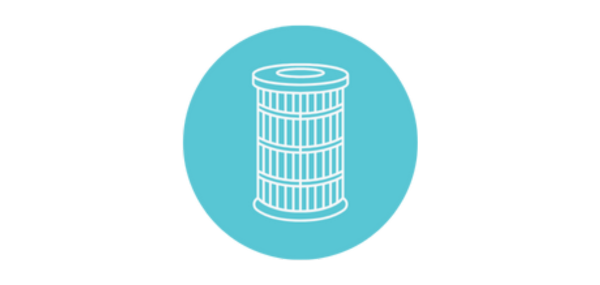

The Bottled Water Illusion: Unveiling the True Cost of Convenience
Grabbing a bottle of water on the go may seem harmless—but single-use bottled water is one of the most misleading conveniences of modern life. Behind its clear exterior lies a complicated lifecycle of environmental damage, health concerns, and long-term waste.
Let’s explore the full journey of a single-use bottled water product—and what you can do to break the cycle for good.
1. Health Concerns: What's Really in That Bottle?
Many people choose bottled water assuming it’s purer or safer than tap water. But a 2024 Columbia University study revealed shocking findings: a single liter of bottled water can contain up to 240,000 plastic fragments, most of which are nanoplastics—tiny enough to enter human tissues.

Potential health effects from drinking water in single-use plastic bottles include:
- Inflammation in the body
- Disrupted hormone function
- Stress on the immune system
In truth, single-use bottled water may pose greater risks than the tap water you’re trying to avoid.
2. The Lifecycle of a Plastic Bottle: From Creation to Disposal
a. Extraction and Production
Plastic bottles originate from crude oil and natural gas. These fossil fuels are extracted, refined, and processed into polyethylene terephthalate (PET), the primary material for bottles.
Environmental Impact:
- High energy consumption and carbon emissions
- Depletion of non-renewable resources
- Chemical waste generation
b. Distribution and Consumption
After production, bottled water is filled—often using municipal water sources—then shipped across long distances to be sold. Some bottled water travels thousands of kilometers before reaching a shelf.

Environmental Impact:
- Significant transportation emissions
- Promotion of a single-use culture
c. Disposal: Landfill, Incineration, or Recycling?
Despite being recyclable, less than 30% of plastic bottles are recycled worldwide.
Common Disposal Outcomes:
- Landfills: Bottles can take over 450 years to decompose.
- Incineration: Releases toxic fumes into the atmosphere.
- Waterways: Contributes to oceanic plastic pollution.
3. Environmental Impact: Beyond the Bottle
Each year, billions of single-use water bottles are sold globally. Even in New Zealand, where tap water is widely available, bottled water sales continue to rise.
Wider effects include:
- Plastic pollution choking marine ecosystems
- Microplastics entering the food chain
- Overflowing landfills and burdened recycling systems
4. Economic Perspective: The Hidden Costs for Kiwis
At first glance, single-use bottled water seems cheap—but the long-term cost adds up fast.
Let’s break it down:
- Average price of a bottled water in NZ: $3.00
- If you buy 2 bottles a day: $3.00 × 2 = $6.00/day
- Yearly cost: $6.00 × 365 = $2,190 per year
That’s over $2,000 a year spent on water you could have filtered at home for a fraction of the price. And that’s just for one person!
5. Breaking the Cycle: Sustainable Alternatives
Transitioning away from single-use plastic bottles is both feasible and beneficial:
- Reusable Bottles: Opt for durable bottles made from stainless steel or BPA-free materials.
- Home Filtration Systems: Install RO or ultra-filtration systems to ensure safe tap water consumption.
- Support Sustainable Brands: Choose companies prioritizing eco-friendly packaging and practices.
By adopting these alternatives, individuals can significantly reduce their environmental footprint and promote a culture of sustainability.
Rethinking Convenience
The allure of bottled water masks a series of hidden costs impacting our health, environment, and wallets. By understanding the full lifecycle of plastic bottles and embracing sustainable alternatives, we can make informed choices that benefit both ourselves and the planet.
Let's break the illusion. Choose smarter, safer, and cleaner water—starting today.








